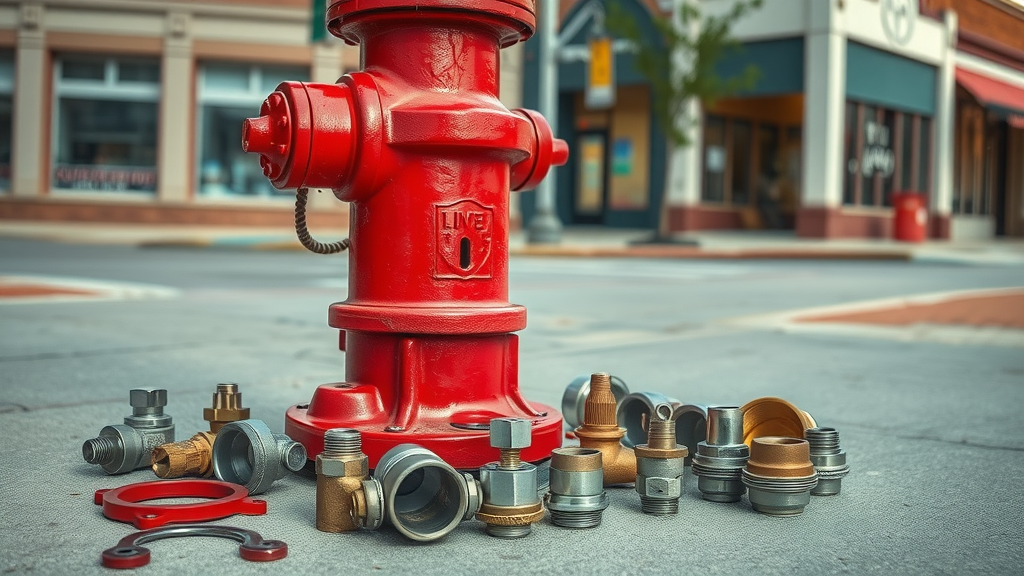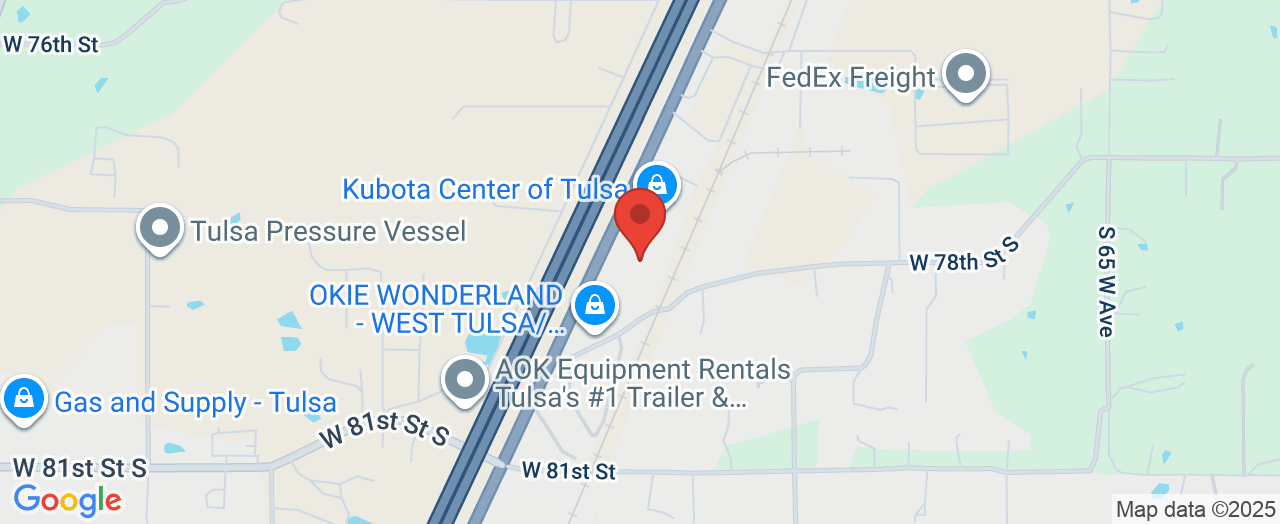What Every Community Should Know About Reliable Fire Hydrant Repair Parts
When a fire hydrant stands as the silent sentinel on a neighborhood corner, most people rarely give it a second thought until the moment something breaks. At that critical juncture, the speed and reliability of accessing the right fire hydrant repair parts can make a decisive difference during emergencies. There’s a world of components, brands, and repairs that go into maintaining these public safety essentials, and the details are seldom spotlighted—despite being fundamental to any city’s emergency response infrastructure.
What happens if the wrong part is used, or if a compatible replacement simply isn’t available in time? Suddenly, water access for firefighters and municipal teams can grind to a halt. And for those responsible for city maintenance, water supply, or emergency preparedness, understanding the landscape of fire hydrant repair parts isn’t just a technical issue—it’s a matter of community trust and safety. This feature peels back the curtain on a Tulsa-based mainstay in hydrant solutions, and guides you through what makes this specialized field both quietly complex and surprisingly critical to daily life.
The Essential Role of Fire Hydrant Repair Parts in Urban Safety
Fire hydrant repair parts are much more than just replacement nuts and bolts. These aftermarket components—including extension kits, traffic repair kits, and specialized fittings—are the backbone of reliable hydrant functionality. With an array of brands from American Darling and M&H to Mueller and Waterous in service across the country, parts must be not only high-quality but also precisely compatible to ensure a hydrant is at the ready when most needed. As hydrants age or suffer impacts from weather, vehicles, or time, replacement parts keep them online and able to serve neighborhoods and businesses at a moment’s notice.

Neglecting the nuances of hydrant maintenance can mean costly delays and compromised readiness, especially if parts can't be sourced quickly or don't fit established systems. Cities and service providers that don’t prioritize the right fire hydrant repair parts risk having out-of-service hydrants just when fast water access is critical. For anyone in charge of municipal safety, facility maintenance, or emergency management, understanding how these products underpin everyday infrastructure is nothing short of essential. Without this knowledge, entire communities could be one repair away from disaster.
Why Sourcing the Right Fire Hydrant Repair Parts Matters for Public Safety
Family-owned Hydrant Repair Parts brings a sharp focus to reliability—supplying aftermarket fire hydrant repair parts tailored to work with a broad menu of hydrant brands. What’s notable about this niche supplier is not flashy branding, but rather staying power. Incorporated in Tulsa, Oklahoma since 1985, they've quietly built expertise through steady, dependable distribution for four decades.
The right fire hydrant repair parts spare communities the risk of incompatibility and wasted time. Extension kits, traffic repair assemblies, and parts for legacy hydrant models ensure that even older infrastructure isn’t left vulnerable. When response time is everything, having immediate access to the correct components can mean the difference between minor inconvenience and irreversible damage. For water authorities, fire departments, and maintenance contractors, establishing a relationship with knowledgeable, specialized suppliers is an unwritten rule of best practices.

From Tulsa to the Nation: Decades of Trusted Hydrant Solutions
Tracing the history of dedicated hydrant parts suppliers reveals a story of quiet innovation. Hydrant Repair Parts, founded in 1985, represents a company that found its niche and stuck to it, outlasting industry fads and the churn of quick-turnover businesses. While some suppliers stretched themselves thin chasing new products, this Tulsa-based manufacturer honed its focus on parts for every major hydrant brand—American Darling, AVK, Clow, Kennedy, and several others—building a trusted network among city utilities and contractors alike.
Their longevity signals not just persistence but also a working knowledge of how hydrants work—an asset that cities from Oklahoma and beyond continue to rely upon. This isn’t about mass-market volume but ongoing, hands-on problem solving for public safety infrastructure: finding the right fit, the right repair, and the right people to answer urgent calls.
How Aftermarket Hydrant Parts Defy Industry Limits
One enduring challenge for municipal water systems is the patchwork of hydrant brands in service—many dating back decades, or even longer. Aftermarket suppliers have filled a critical void for hard-to-find, discontinued, or customized fire hydrant repair parts that the original manufacturers may no longer provide. Instead of forcing cities into expensive full replacements or risky improvisation, these makers keep public systems running safely and efficiently with robust, real-world solutions.

In this way, the aftermarket isn’t just about cost savings; it’s a practical lifeline for city planners and maintenance teams. By offering kits for extension, traffic-damage repair, and more, focused distributors bridge the gap between yesterday’s infrastructure and today’s operational needs. For decision makers and first responders alike, access to these parts is more than a convenience—it’s a critical layer of resilience in their emergency response toolkit.
Why Local Commitment Makes a Difference in Hydrant Repairs
While hydrant parts can be sourced from distant warehouses, there’s a distinct advantage to working with a local, seasoned supplier. Hydrant Repair Parts in Tulsa demonstrates that businesses with deep roots in their communities often deliver more than just stock on shelves—they bring institutional memory, easy contact, and flexible solutions to those they serve. Tulsa’s hydrant economy may be modest, but its specialists understand the environmental and regulatory context of the region, making them natural partners for local infrastructure projects.
Hydrant Repair Parts’ Philosophy: Service, Specialty, and Steadiness
In a world enamored with rapid growth, slick websites, and “BBB-accredited” badges, Hydrant Repair Parts stands out for far subtler reasons. This supplier has focused entirely on the niche of fire hydrant repair parts since its 1985 founding—delivering exactly what’s needed for municipal and emergency work without unnecessary complexity. Their approach centers on deep product knowledge and honest, steady distribution rather than elaborate branding or expansion.

Leadership from figures like Debi Golden and Bill Jolin gives a continuity of contact that is increasingly rare among fast-changing manufacturers. HRP's boutique scale of just a handful of employees gives them agility, custom responsiveness, and a willingness to work within tight operational windows. For HRP, it’s not about being the largest, but about being the most dependable when urgent repairs are required and public safety is on the line.
What Customers Notice: Friendly Expertise Makes a Difference
For many businesses, a single word can speak volumes about service culture. Hydrant Repair Parts has received feedback that encapsulates its straightforward, personable approach—a refreshing contrast in an industry where speed often trumps support. Consider this real customer insight:
Friendly
It’s remarkable how trust and warmth become part of a specialized operation’s reputation. Many facility directors, water authorities, and city crews find added peace of mind when their supplier is knowledgeable and easy to reach, reinforcing that technical expertise is best paired with approachability. Those who turn to steady, expert providers of fire hydrant repair parts are likely to experience similar assurance—knowing that, when things go wrong, friendly voices and real solutions are never far away.
Reliable Hydrant Repairs: Investing in Parts and Partners for the Long Haul
The story of fire hydrant repair parts in Oklahoma is about reliability, institutional knowledge, and local commitment. From weathering shifting product lines to serving ever-changing infrastructure needs, suppliers like Hydrant Repair Parts contribute stability where cities need it the most. Their hands-on approach and long-term focus make them a valued part of the community’s safety net—underscoring how specialty knowledge, rapid response, and trust are critical for everyone invested in working hydrants.
As the field of hydrant maintenance evolves—with new brands, stricter codes, and greater urgency—Tulsa’s veteran supplier continues to set an example of how the right parts, paired with the right people, secure community wellbeing. Whether you’re overseeing a city, managing repairs, or simply want to know your neighborhood hydrant will work when you need it, understanding fire hydrant repair parts can make all the difference.
Celebrating 40 Years of Service
Adking Consulting Group would like to congratulate Hydrant Repair Parts on their 40th Anniversary celebration and Open House, to be held at their office on October 10th, 2025.
Contact the Experts at Hydrant Repair Parts
If you’d like to learn more about how fire hydrant repair parts could benefit your public works or emergency response needs, contact the team at Hydrant Repair Parts.
📍 Address: 7835 OK-66, Tulsa, OK 74131, USA
📞 Phone: +1 918-224-8713
🌐 Website: View map location
Hydrant Repair Parts’ Tulsa Location and Hours
🕒 Hours of Operation:
📅 Monday: 8:00 AM – 4:30 PM
📅 Tuesday: 8:00 AM – 4:30 PM
📅 Wednesday: 8:00 AM – 4:30 PM
📅 Thursday: 8:00 AM – 4:30 PM
📅 Friday: 8:00 AM – 4:30 PM
📅 Saturday: ❌ Closed
📅 Sunday: ❌ Closed

 Add Row
Add Row  Add
Add 




Write A Comment